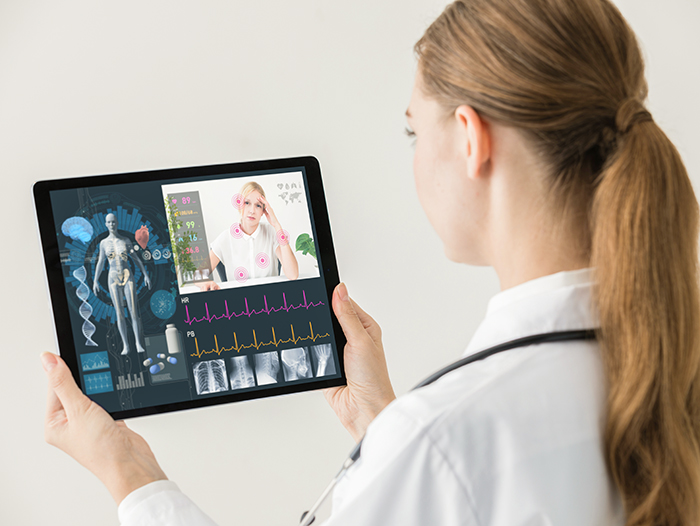Auto logout in seconds.
Continue LogoutRemote patient monitoring (RPM) represents a transformative shift in our approach to healthcare, allowing for continuous and remote tracking of patient’s health status in real time, and the opportunity for early identification and intervention, without being constrained by the timing of in-person visit intervals. When implemented in a way that sets up providers for long-term success, RPM can enhance care and reduce operational pressures for care delivery organizations.
There are many exciting technologies appearing in the remote monitoring space but rather than anticipating new technologies, healthcare leaders and provider organizations should focus on effectively implementing existing technologies. A combined approach that synthesizes traditional methods and technology-enabled RPM methods may provide substantial benefits to optimize health outcomes and improve quality of care. In this article, we will discuss strategies for implementing RPM in a way that will capitalize on that potential.
Don't miss out on the latest Advisory Board insights
Create your free account to access 1 resource, including the latest research and webinars.
Want access without creating an account?
You have 1 free members-only resource remaining this month.
1 free members-only resources remaining
1 free members-only resources remaining
You've reached your limit of free insights
Become a member to access all of Advisory Board's resources, events, and experts
Never miss out on the latest innovative health care content tailored to you.
Benefits include:
You've reached your limit of free insights
Become a member to access all of Advisory Board's resources, events, and experts
Never miss out on the latest innovative health care content tailored to you.
Benefits include:
This content is available through your Curated Research partnership with Advisory Board. Click on ‘view this resource’ to read the full piece
Email ask@advisory.com to learn more
Click on ‘Become a Member’ to learn about the benefits of a Full-Access partnership with Advisory Board
Never miss out on the latest innovative health care content tailored to you.
Benefits Include:
This is for members only. Learn more.
Click on ‘Become a Member’ to learn about the benefits of a Full-Access partnership with Advisory Board
Never miss out on the latest innovative health care content tailored to you.


